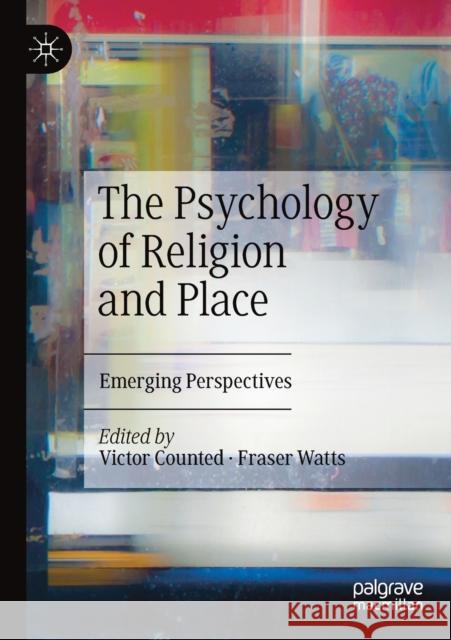The Psychology of Religion and Place: Emerging Perspectives » książka
topmenu
The Psychology of Religion and Place: Emerging Perspectives
ISBN-13: 9783030288501 / Angielski / Miękka / 2020 / 340 str.
The Psychology of Religion and Place: Emerging Perspectives
ISBN-13: 9783030288501 / Angielski / Miękka / 2020 / 340 str.
cena 642,56
(netto: 611,96 VAT: 5%)
Najniższa cena z 30 dni: 616,85
(netto: 611,96 VAT: 5%)
Najniższa cena z 30 dni: 616,85
Termin realizacji zamówienia:
ok. 22 dni roboczych
Dostawa w 2026 r.
ok. 22 dni roboczych
Dostawa w 2026 r.
Darmowa dostawa!
Kategorie:
Kategorie BISAC:
Wydawca:
Palgrave MacMillan
Język:
Angielski
ISBN-13:
9783030288501
Rok wydania:
2020
Wydanie:
2019
Ilość stron:
340
Waga:
0.42 kg
Wymiary:
21.01 x 14.81 x 1.88
Oprawa:
Miękka
Wolumenów:
01
Dodatkowe informacje:
Wydanie ilustrowane











